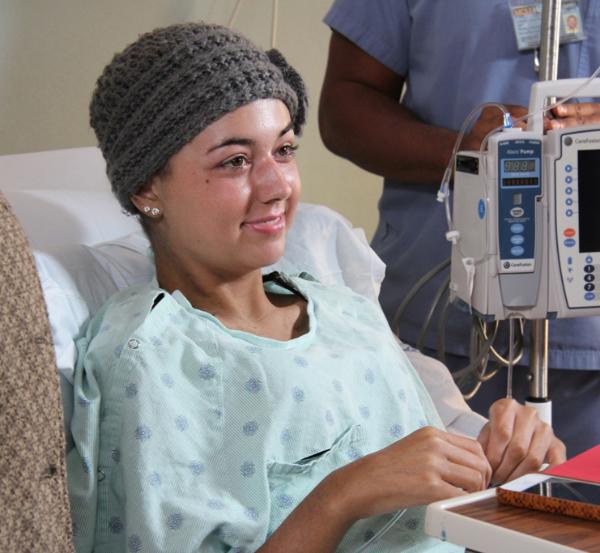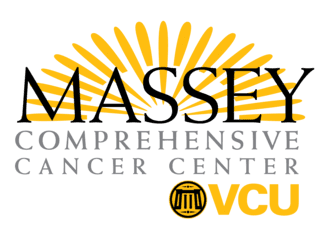
Following my diagnosis, I remained admitted in the hospital for aggressive treatment that began on December 17, 2012. I had a lumbar puncture where chemo was injected into my spine as well as the placement of a dual lumen central line in my chest to facilitate infusions of chemo, antibiotics and blood products that I would need. Later that afternoon my first round of chemo started, which consisted of five different agents and lasted ten days. There were numerous complications and side effects from my chemo regimen. After I completed my first round and we did a second biopsy, the doctor’s believed that my cancer was gone until they identified a genetic deletion (RUNX1) in my DNA that no one in the country had seen before. This changed my diagnosis to high risk, and I had to endure an immediate second round of higher concentrated, harsher chemotherapy.
More complications and side effects accompanied this round. Once I finished my second round and recovery period, we did a third biopsy procedure. The results were inconclusive, which meant that we had to wait another week and repeat the test. Finally, when those results came back, it showed that my cancer had returned, despite the high-risk treatment. We found out that not only did I have high-risk AML and an unknown genetic deletion, but I also had underlying myelodysplastic syndrome. This meant that my base stem cell was defective and predisposed me to cancer. So, no matter how much chemo I undergo and how many times I get into remission, my cancer will always come back. Knowing this, my oncologists told me that I needed a bone marrow transplant as soon as possible. In order to meet transplant requirements, I had to be in remission. This meant another round of chemo. This third round was categorized as an adult, high-risk, MDS treatment called FLAG-IDA, which stands for the different agents I would be receiving. After completing this round, I was in remission and we went to transplant in May 2013. Transplant brought on another ten days of preparatory chemo, anti-rejection drugs, antibiotics and other medicines to take me a medical step above death so they could then transfuse the donor’s marrow and stem cells into my body, resulting in tremendous pain and sickness. While recovering from the transplant, my lungs failed and I was sent to the intensive care unit (ICU). While there, I went into multi-system failure and required life support consisting of ventilators, oscillators, dialysis and extracorporeal membrane oxygenation for 42 days. My parents were informed that I only had a 40 percent chance of survival at best. But I survived.
Throughout my diagnosis and treatment I had a tremendous amount of support from my family, friends, school, community and even people from across the world I had never met or talked to. This support gave my family and me tremendous strength to endure all that cancer forced us to live through. Since I was in the hospital and isolated from my typical way of life, the outpouring of love and support raised my spirits in some of my darkest times. Supporters set up fundraisers and support groups, and even brought dinners to my dad and brother at our home to help while my mom and I were chronically in the hospital.
There is not a single aspect of who I am that has not been affected by my diagnosis. I was a happy 17-year-old girl who lost all my hair and, basically, my identity and had my life pulled right from under me. It forced a severe perspective change. It was difficult to say the least, but all I could focus on was getting better and doing what my medical team said to get me healthy…to live.
The last 10 months of my life has taken me down a path I never would have ever expected or wanted, but I made it through and I’m stronger today because of it. There is absolutely nothing I can’t accomplish. I, thankfully, have an entire life ahead of me, full of possibilities. I will never take another moment for granted. I will always push harder, gather more intense strength and appreciate those I love and all I have.
